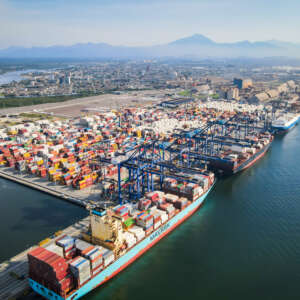The event brought together leaders in the port sector and exporters, mainly of wood, refrigerated cargo and pulp and paper.
Last Thursday (31), more than 40 people attended the launch event for the new line served by the company that manages the Paranaguá Container Terminal (TCP). The weekly GS1/UCLA2/GSA route connects the Gulf of the United States to the East Coast of South America. The meeting was held at TCP’s headquarters and brought together industry leaders and representatives from various companies operating on this route.
According to TCP’s commercial manager for shipowners, Carolina Brown, the event sought to publicize the new Paranaguá line and the availability of the service to various sectors, especially for exports in segments such as wood, pulp and paper and refrigerated cargo.
“The acquisition of this new line is an achievement for TCP and the city of Paranaguá, as it brings more business opportunities to the region and increasingly highlights the coast of Paraná in the global market,” explains Brown. According to the commercial manager of shipowners, after the pandemic, this was the first event promoted by TCP in the face-to-face model, “which is an excellent opportunity to celebrate the new scales of the GS1 service in Paranaguá and publicize recent advances and investments in our terminal to better serve our customers.”
TCP currently has 19 regular weekly services, making it the leader in the concentration of maritime services in Brazil. Brown says that TCP provides the market with an increasingly complete terminal in terms of maritime services, infrastructure and logistics products. “We have the only direct rail connection in the bonded area of southern Brazil, as well as an import warehouse in a primary area and a major investment in expanding the reefer infrastructure, with a substation for greater and better supply of the electrical system for refrigerated containers and an increase in the capacity of sockets for connecting these containers. These are fundamental measures to further improve our services,” says Brown.

About the GS1/UCLA2/GSA line
TCP’s new line was announced in August and projects a volume of around 600 moves per ship per week. Departing from Mexico, the route goes to the United States, Colombia, Brazil, Argentina, Uruguay and returns to Brazil before heading to Colombia, ending in the country of origin. There are seven Hapag-Lloyd vessels, one MSC vessel and one ONE vessel. In all, nine ships with an average capacity of 6,400 TEUs (20-foot container length) are part of the fleet, with Hapag-Lloyd’s Tokyo Bay container ship standing out, with a capacity of 6,622 TEUs.



